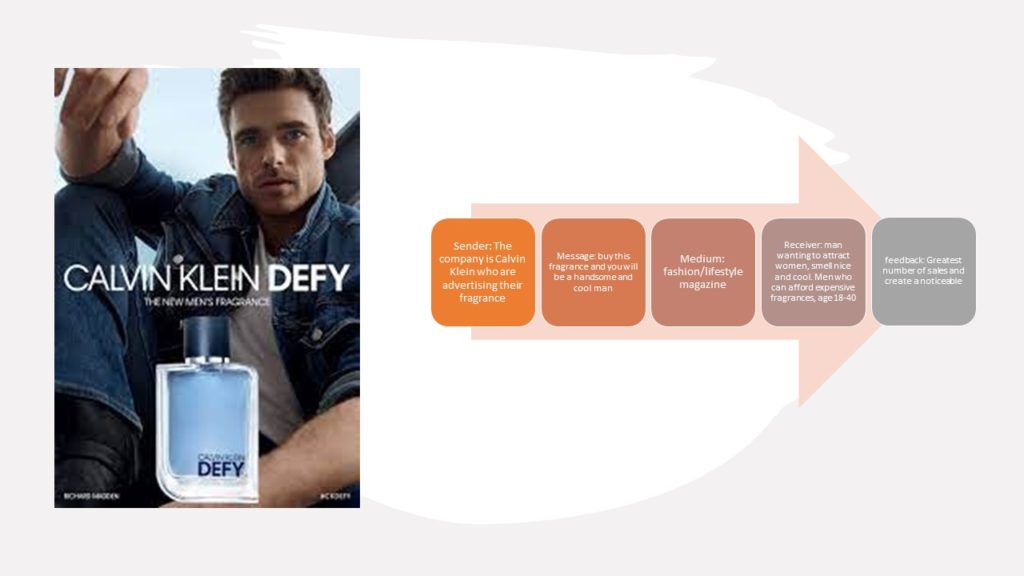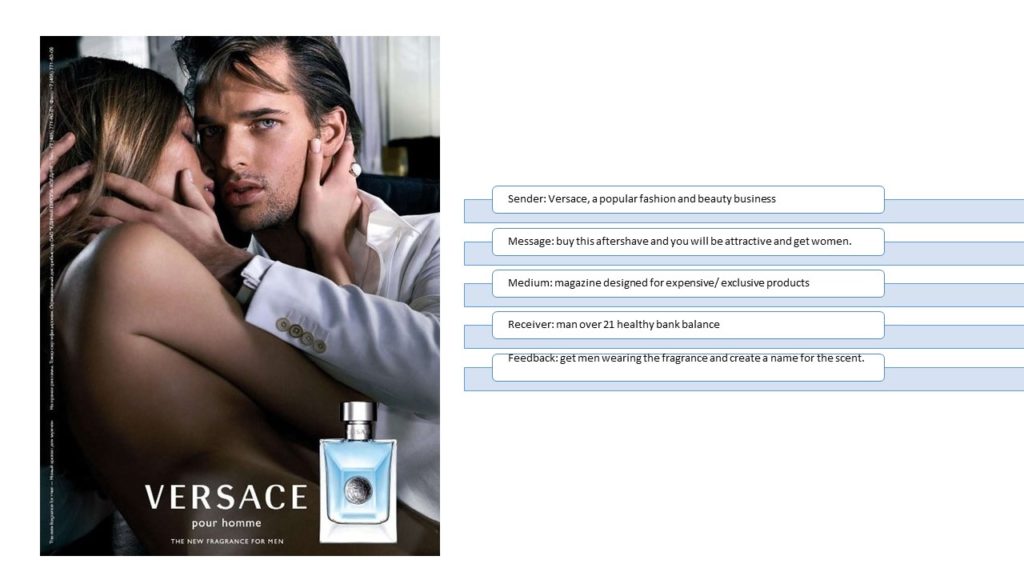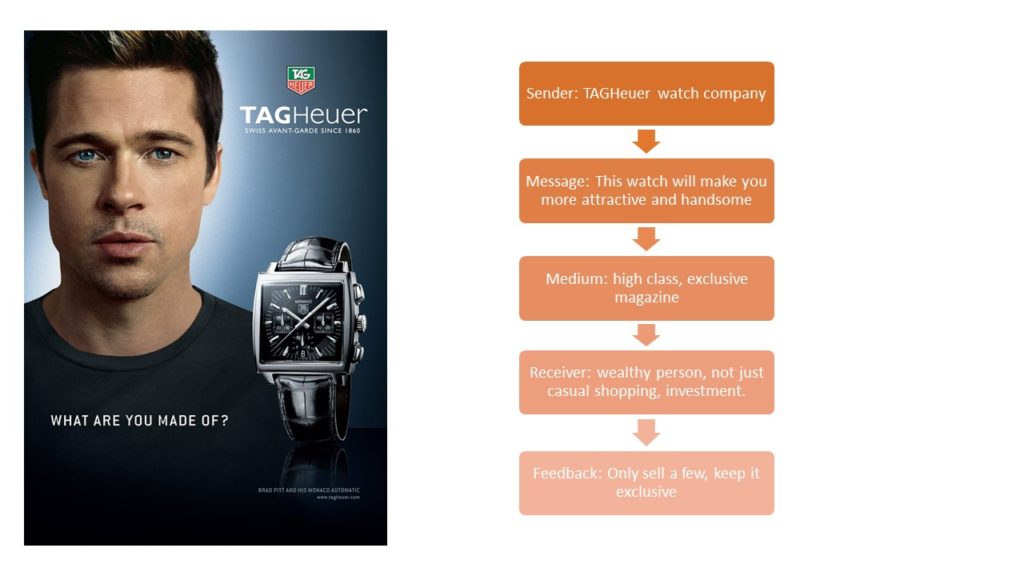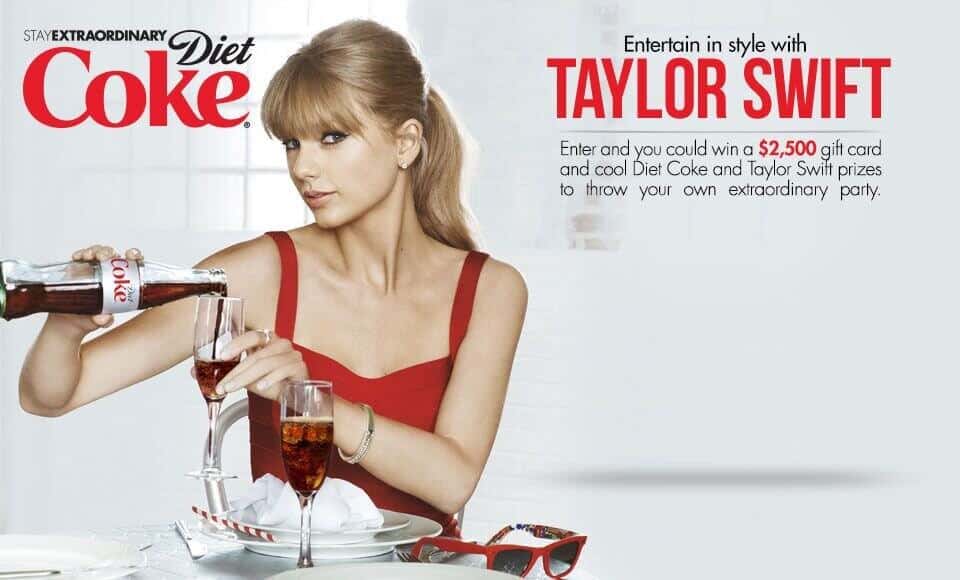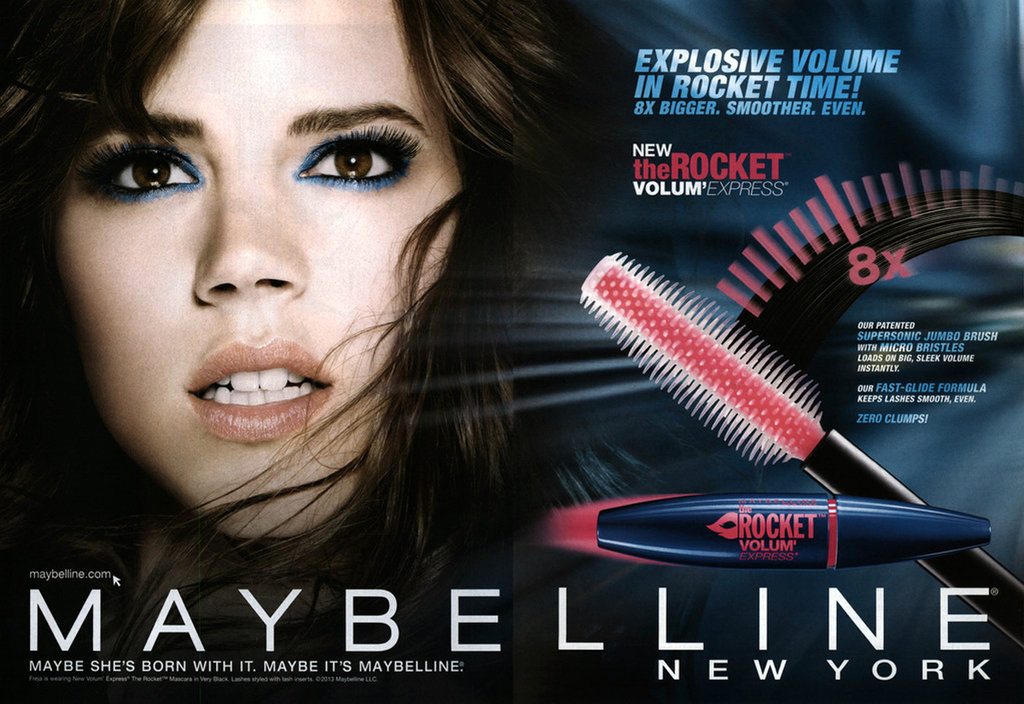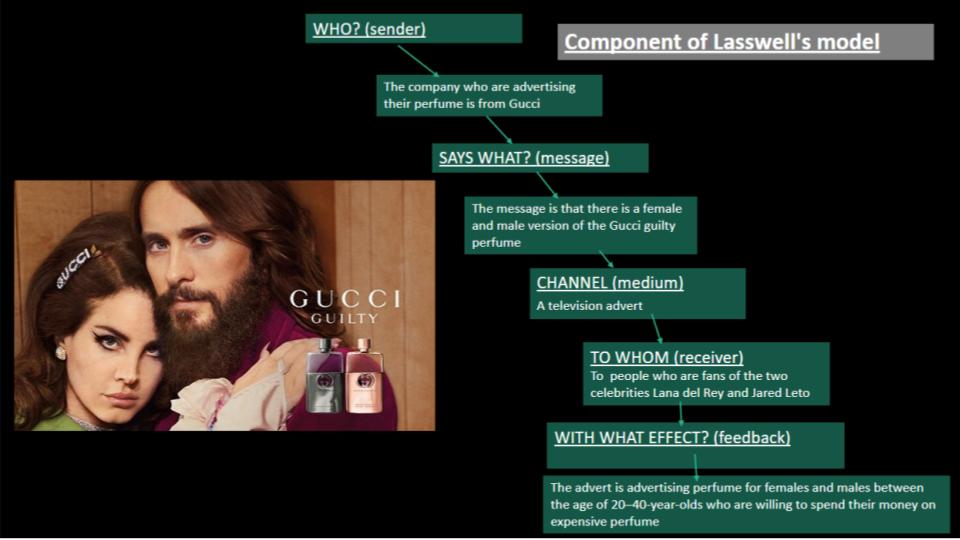-The Hypodermic model: Telling someone to do something and they listen through media.
-Passive Consumption: The idea of people being drip fed an idea or belief to slowly change someone’s view on a subject over time through media.
-Simple linear process: Harold Laswell’s idea of the linear model of communication.
->WHO > SAYS WHAT > THROUGH WHAT CHANNEL > TO WHOM > TO WHAT EFFECT.
–Two-Step Flow: – The two-step flow of communication model says that most people form their opinions under the influence of opinion leaders, who in turn are influenced by the mass media.
–Active consumption: The idea that people engage with the media, causing them to purchase the product
Two Step Flow of Communication (active consumption)
At the same time Paul Lazarfeld recognised that a simple, linear model may not be sufficiently complex to understanding the relationship between message sent > message received. As such, in 1948 he developed the Two Step Flow model of communication, which took account of the way in which mediated messages are not directly injected into the audience, but while also subject to noise, error, feedback etc, they are also filtered through opinion leaders, those who interpret media messages first and then relay them back to a bigger audience.
As Martin Moore suggests, ‘people’s political views are not, as contemporaries thought, much changed by what they read or heard in the media. Voters were far more influenced by their friends, their families and their colleagues’ (2019:124).
Think for example, of the role of the journalist or broadcaster whose job it is to inform the public. Think further about the role of key individuals in society, teachers, doctors, trade union leaders, your boss at work, parents, friends and family all of whom are capable of exerting an influence on the process of communication, making it subject to bias, interpretation, rejection, amplification, support and change.

